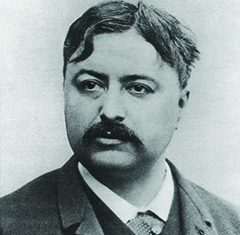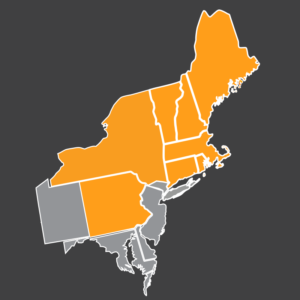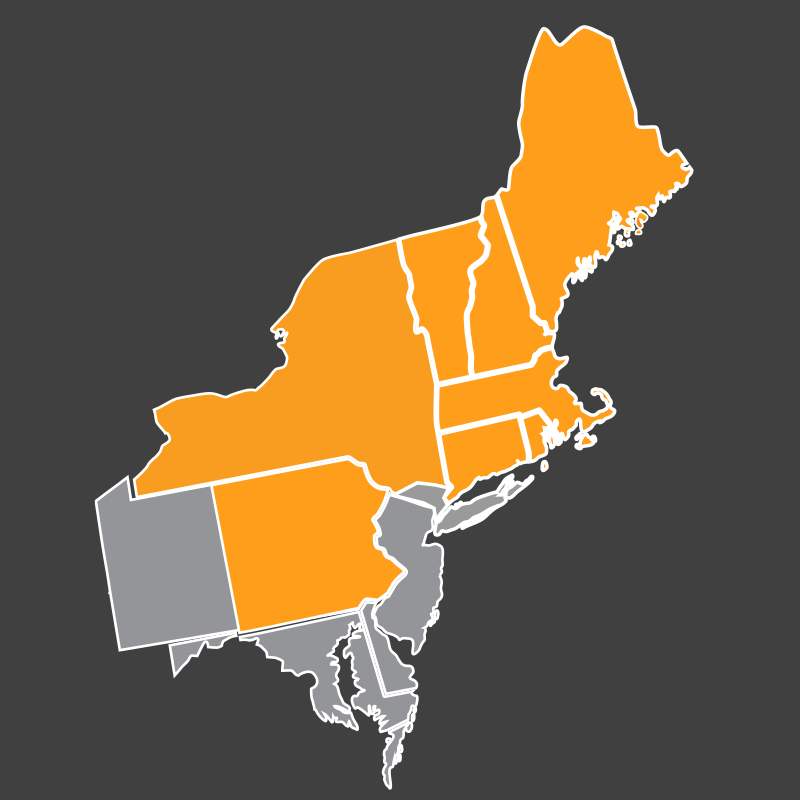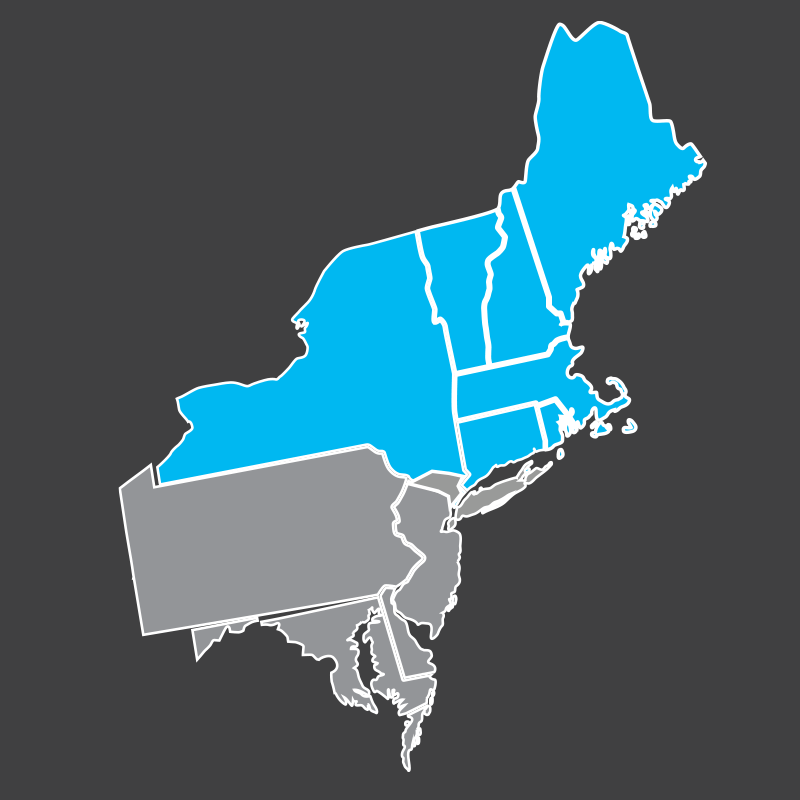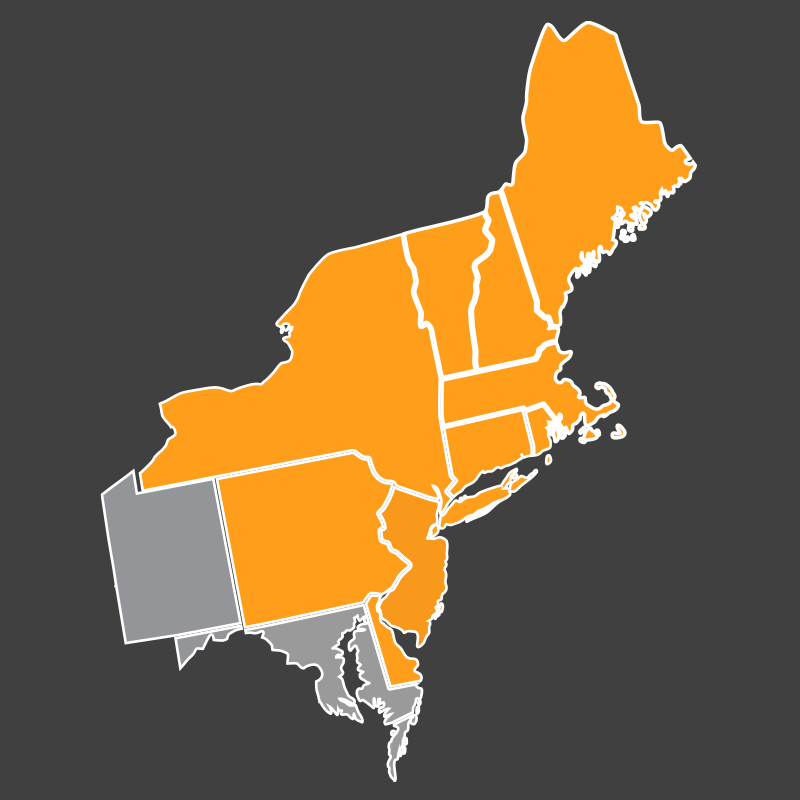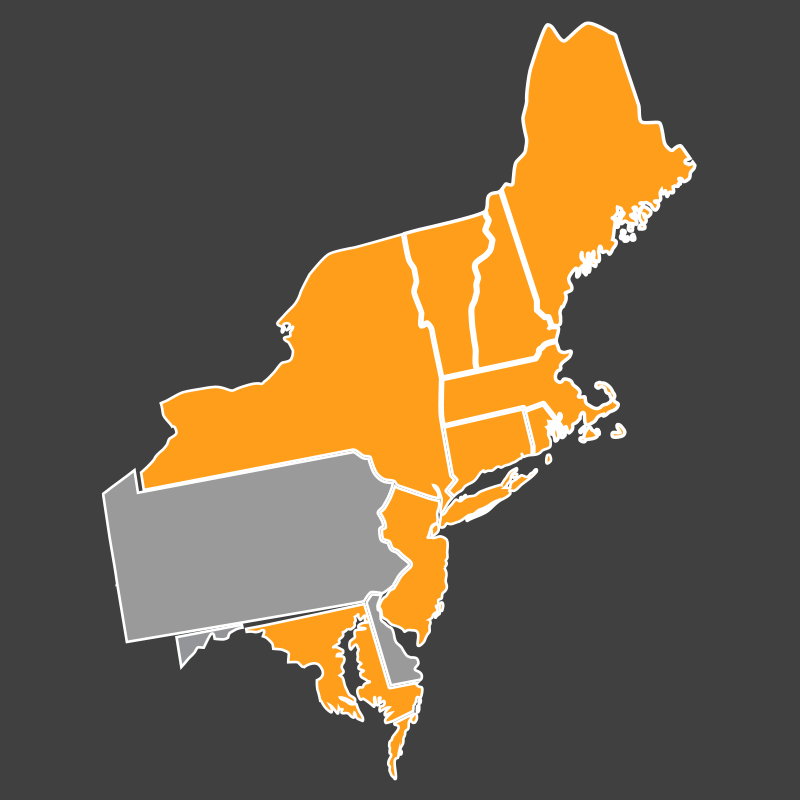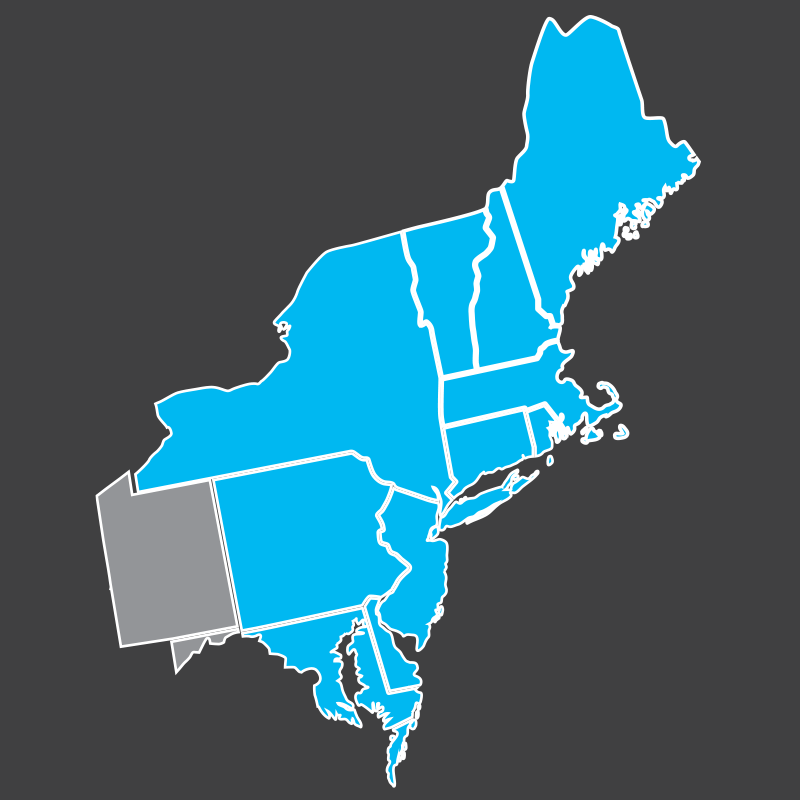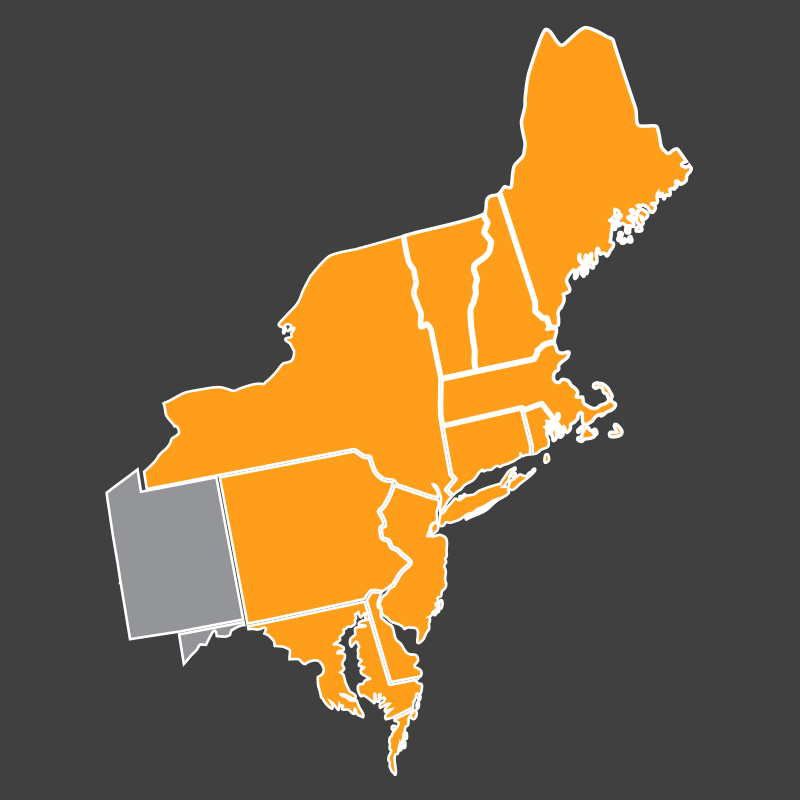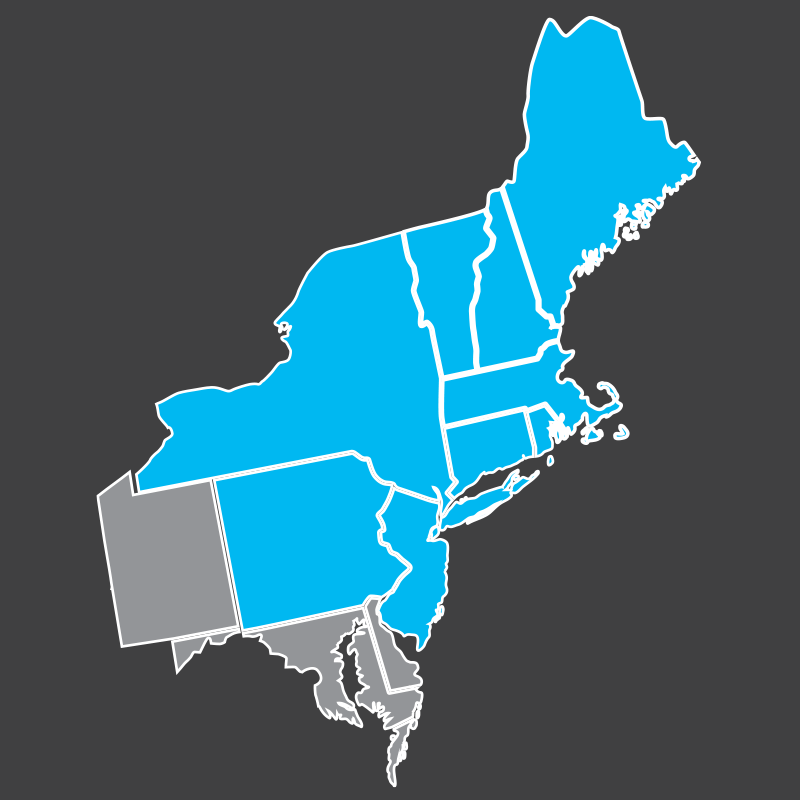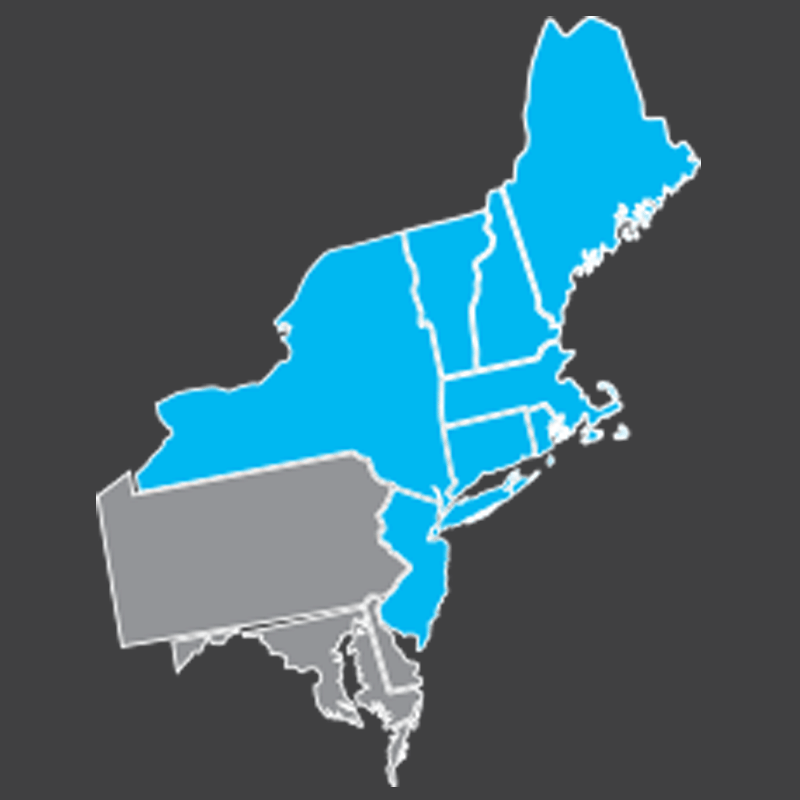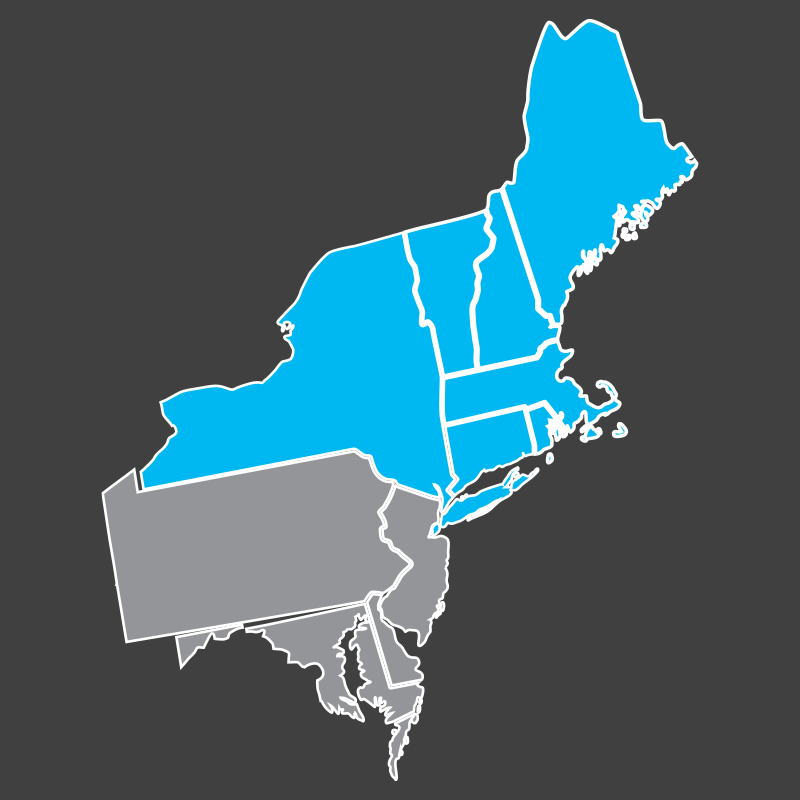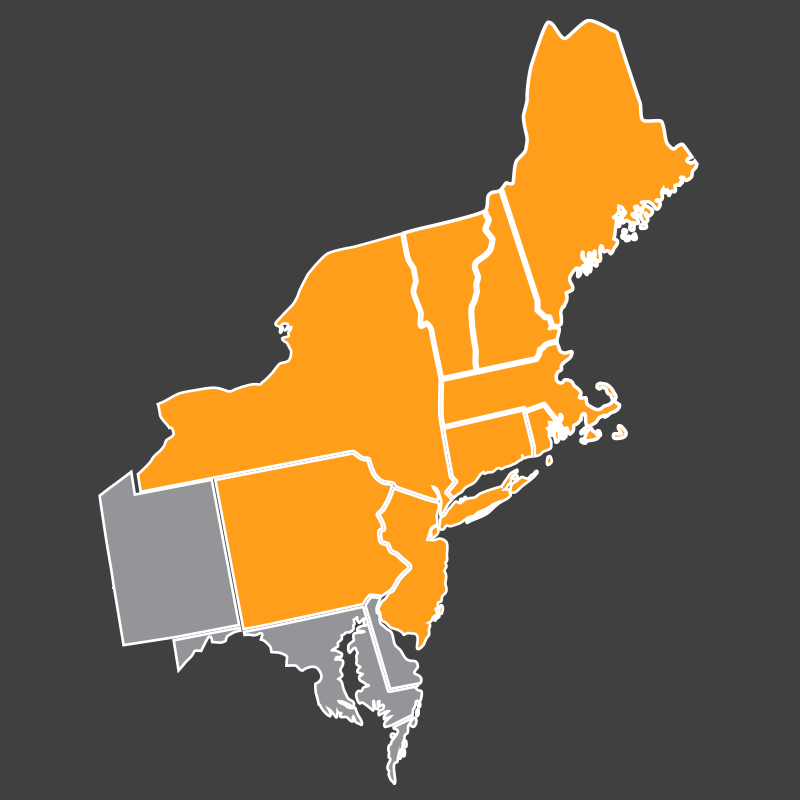In 1877, French military engineer Charles Renard was in charge of the materials of the Balloons of the French army. At the time he gained responsibility, there were 425 different cable sizes that balloon designers were selecting from.
Keeping adequate stock was troublesome. He was confident the designers could work from a much smaller pool of sizes. He devised a plan to reduce the quantity from 425 to just 17.
He developed an exponent that would create “Preferred” numbers. The basic concept divided the intervals between 1 and 10 into 5, 10, 20 and 40 steps. One variant resulted in the preferred numbers R-10 Series; 1.00, 1.25, 1.60, 2.00, 2.50, 3.15, 4.00, 5.00, 6.30 and 8.00
The electrical industry adapted the R-10 series and it is still in use today. This series of numbers is used throughout our ratings; system voltage, amp ratings, switch interruption ratings, creepage distance. Some ratings follow the series without any rounding.
Insulator creepage: 12.5mm/kV, 16mm/kV, 20mm/kV, 31.5mm/kV
Switch interruption: 12.5 kA, 16 kA, 20 kA, 31.5 kA, 40 kA, 50 kA, 63 kA
Insulator cantilever: 12.5 kN, 16 kN, 20 kN, 31.5 kN
Other ratings follow the system, but vary slightly such as:
Operating current: 1200 A, 1600 A, 2000 A, 3000A
System voltage: 125 kV, 161 kV, 215 kV, 345 kV



